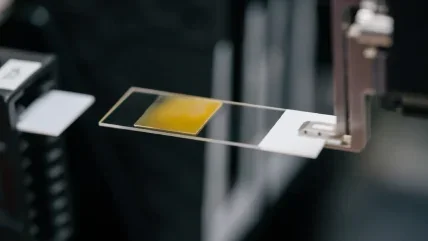
ARUP Laboratories has expanded its AI-augmented parasitology screening tool to include wet-mount slides, a significant advancement in the detection of gastrointestinal parasites.
The AI-augmented tool uses scanned images to screen and eliminate negative specimens, allowing staff to concentrate on identifying positive specimens.
It reduces ergonomic stress on laboratory staff, decreases turnaround time, and increases testing capacity, ultimately improving patient care.
With the expansion, ARUP becomes the first lab to apply AI-augmented screening across the entire ova and parasite testing, enhancing efficiency and accuracy in patient care.
ARUP AI-augmented parasitology screening leader Marc Couturier said: “By utilising an AI-augmented screening process, we have seen a significant increase in sensitivity and diagnostic yield.
“The screening tool minimises human error and detects ova and parasites that may otherwise be missed, which improves clinical diagnoses and ultimately treatment for patients who are affected.”
Traditional microscopy for detecting gastrointestinal parasites is both manual and time-consuming, imposing a burden on laboratory staff who require training and experience.
In 2019, ARUP first launched the AI-augmented screening tool, focusing on trichrome stains.
The tool resulted in a five-fold increase in detection and nearly doubled the positivity rate, enhancing the sensitivity of detection to better inform clinical decisions and treatments.
The AI solution was developed in collaboration with Techcyte, a US-based provider of anatomic and clinical pathology AI solutions.
ARUP plans to implement the expanded parasitology AI-augmented screening tool in its laboratory by early 2025.
ARUP COO Adam Barker said: “Before our launch of an AI-augmented screening tool, technological advancements in the detection of gastrointestinal parasites have been stagnant, really, since the invention of the microscope.
“Now, ARUP is setting a new standard for ova and parasite testing that will not only improve our diagnostic capabilities but also enhance patient care.”






